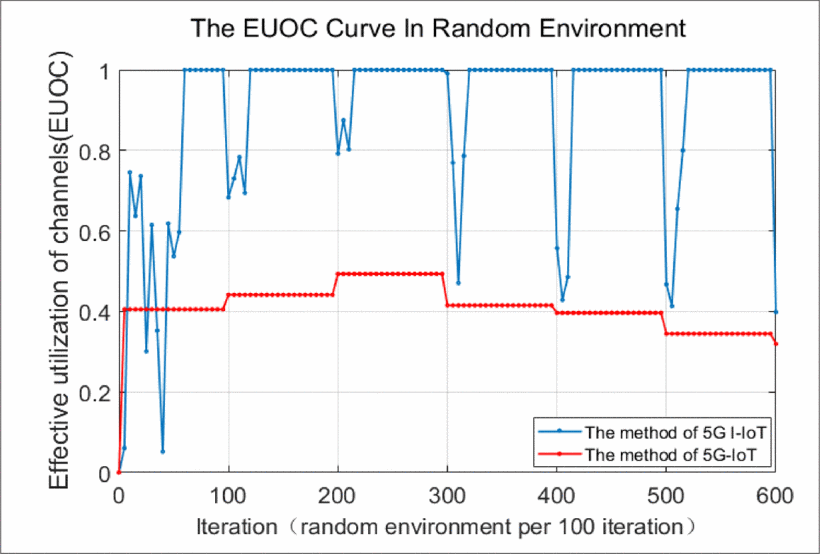By 2020 more than 20 billion Internet of Things (IoT) devices will be connected to a worldwide network, producing incalculable amounts of data. In order to make sense of this data and efficiently access the information produced by the IoT network, researchers have created an architecture called the 5G I-IoT paradigm, which combines the fifth generation (5G) cellular network with artificial intelligence, creating an Intelligent Internet of Things (I-IoT).
“The evolution of 5G networks is becoming a major driving force for the growth of IoT,” explained Dan Wang, a researcher from Xidian University. “5G is expected to have extended coverage, faster speeds and massive bandwidth, compared to other cellular networks. It could prove a key component toward our harnessing of worldwide IoT data.”
5G I-IoT is the convergence of the Internet, intelligence, and electronic devices, all routed through the 5G network. This paradigm connects IoT devices and sensors to a cloud processing center, where the sensory data is gathered and analyzed using AI. This analysis is then funneled to end-users who are requesting the information in industries such as transportation, agriculture, and healthcare. With these data-insights, users will be able to make informed decisions relevant to their field of work.

Figure 1: The Architecture of the 5G I-IoT
“Traditional 5G IoT covers the Internet and things, but it lacks intelligence,” said Dan Wang. “Our paradigm is designed with intelligent algorithms, such as reinforcement learning, which gives the network the ability to learn adaptively.”
Using intelligent algorithms like reinforcement learning allows the network to independently optimize itself and provide insights into the data being gathered. This allows the network to detect abnormalities. For instance, it can understand that a larger number of cars on the road implies worsening traffic conditions or a visibly distressed crop may imply animal interference.
To test the effectiveness of the 5G I-IoT paradigm, the researchers created a simulation to evaluate its effective utilization of channels (EUOC). Below, In Figure 2, the results of the experiment show that 5G I-IoT utilizes communication channels more efficiently than 5G IoT when presented with a random environment every 100 iterations. The dip at every 100th iteration with the 5G I-IoT shows the learning curve of the architecture as it employs intelligent algorithms to adapt to the new service data.

Figure 2: The EUOC curve in a random environment.
Soon, IoT will be a part of our daily lives. By leveraging the power of 5G networks and artificial intelligence, researchers believe we will be able to easily access the data collected by IoT devices to enhance industries from public safety and transportation, to energy, agriculture, and beyond.
For more information on AI, visit the IEEE Xplore Digital Library.





